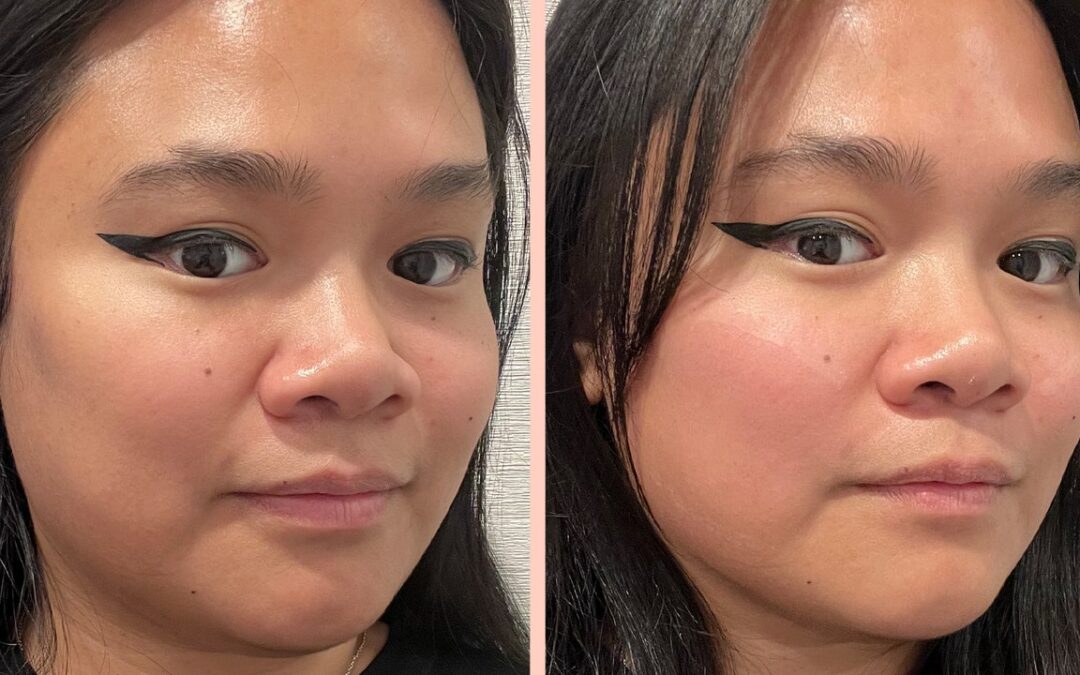But some doctors are skeptical of the technology, such as board-certified dermatologist Sheila Farhang, MD, who does not carry Emface in her practice. “While I love the use of radiofrequency and am an advocate for the stimulation of collagen as an adjunct to injectables and good skin care, electromagnetic stimulation [like that of HIFES] is not something I think is as useful for the aging face,” she says. “Of note, the clinical trials detail an increase in muscle tone and lift, which is different from [increasing] volume. Tone and lift are great if that is the goal, but for those who need their volume loss replaced, [they] may need to pair the treatment with something that adds volume, such as filler.”
Dr. Farhang explains further that while muscle atrophy, which can manifest as volume loss, is part of the aging process, it isn’t the aspect of aging that most patients ask her to address. “I see signs of muscle thinning in thin patients over the age of 55,” she says. “And while studies have shown [Emface] adding volume, I’m unsure if the percentage changes found in clinical trials would be enough to actually create the look of more defined cheekbones through volume, as filler would.”
Still, with everyone talking about the procedure, I had my heart set on getting an appointment and trying it.
How much does Emface cost?
Before we get into whether Emface worth the time and money, let’s talk about the price tag — naturally, this is one of the biggest factors for prospective patients. Costs vary by practitioner, but four 20-minute sessions — a full treatment course — can cost between $4,500 to $6,000. You have the option of buying single sessions or four as a package, with most clients opting for the latter.
My experience with Emface
I twice yearly get Botox in my forehead to maintain smoothness and a touch of Juvéderm Voluma in my cheeks to add definition to my heart-shaped face. Again, though, needles scare me and, if possible, I was ready to drop them in favor of this procedure.
For optimal results, doctors recommend getting the treatment once a week for a month, but I got the treatment only three times, approximately six weeks apart. Life happens, and while it’s just a 30-minute appointment, my schedule kept me from making more visits to the dermatologist’s office. Practitioners say that Emface’s effects, which can last up to a year, compound on each other with every appointment. (In other words, not all is lost if you miss a week.)
In anticipation of the large pad — or grounding pad, through which radiofrequency energy exits the body — placed on my back and smaller pads placed on my cheeks and forehead during the treatment, I wore an easy-to-lift shirt and skipped skin care and complexion makeup.

